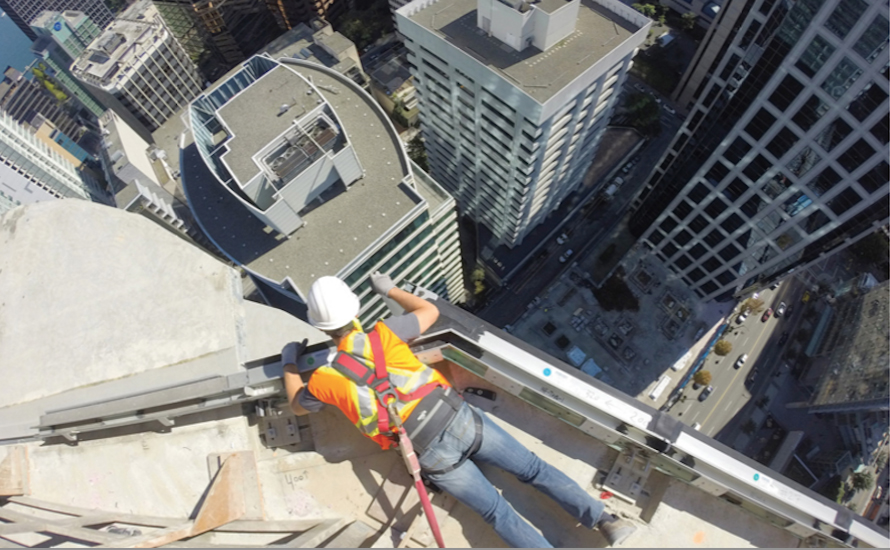Various “thought leaders” in the industry have been trying—some would say hitting their heads against the wall—for at least the 37 years that I have been covering buildings (and likely before that), to use technology to streamline, automate and quicken building design and construction.
Time and again, I have heard that the development of a building should mimic a manufacturing process, where producers and designers work hand-in-glove, the product is designed with manufacturing in mind, and procurement and design are choreographed.
These thought leaders have the best intentions. But sadly, although there have been some gains, even those movers and shakers admit they so far have failed to revolutionize building production on any large scale.
-Yes, there is virtual design and construction, which has improved conflict resolution, strategic planning, logistics, project management, scheduling and estimating.
-Yes, there are all kinds of digital tools to improve the construction process and often speed it.
-Yes, off-site construction shows some promise in specific situations.
-And, yes, robots are coming.
Still, the thought leaders gather quite regularly, year after year, to discuss ways to revolutionize building design and construction productivity, and they huddle to tackle the same “problem” again and again, because although some things have changed, the main sticking point remains the same: Buildings take time.
There are likely many reasons for the failure to revolutionize building production. A big one is that many thought leaders labor under a false premise that manufacturing is a valid model for the development, design and production of a building. It is not.
A building is a project, not a product; ergo, no production line is possible. The process of comparing construction one-offs (A PROJECT) to a manufacturing assembly line (A PRODUCT) is fraught with misalignment.
There are obvious reasons manufacturing has assembly lines and construction does not have construction lines. Product manufacturing is repetitive, automatic, small-scale and linear. Construction is not.
In truth, construction productivity is an oxymoron. The term should be construction “projectivity.”
Construction projectivity, at its very core, is inefficient, and for a very good reason. Design is about thinking, and it is tough to quantify thought. Thinking is about quality, not quantity.
For years, I have been reporting on delivery systems that try to superimpose design and construction phases—or move everything up to the beginning—as a good way to save time and money. Building owners and contractors are always trying to rush the R&D (if there is any), not to mention the design time.
The mantra is “get everything done earlier.” Collaborate. Preplan (does that mean plan the planning?). Time is money.
But there is a limit as to how much time can be saved by compressing and conflating design and construction without sacrificing quality and safety.
Design takes time, even for the development of a product. No manufacturer starts producing the product before the conclusion of product development.
Manufacturers put years into R&D, design and testing before they build the assembly line and push the on-button. Does that time get factored into manufacturing productivity figures?
It took years to produce the Boeing Dreamliner. ThyssenKrupp is putting in at least seven years of effort to ready its maglev elevator—which can travel in almost every direction—for prime time.
I’m all for technology. It has made it possible to design and construct shapes that few would have dared to build otherwise. But with so many “smart systems,” technology has also made building infrastructure much more complex. Why would anyone think that building “projection” (not production) time would get shorter? It’s amazing buildings don’t take twice as long to design and build today as they did 50 years ago, since many building types are exponentially more complex.
I truly hope the thought leaders find a way to make building design and construction snap together like plug ‘n play and that projectivity soars. But I truly don’t expect them to.




Post a comment to this article
Report Abusive Comment